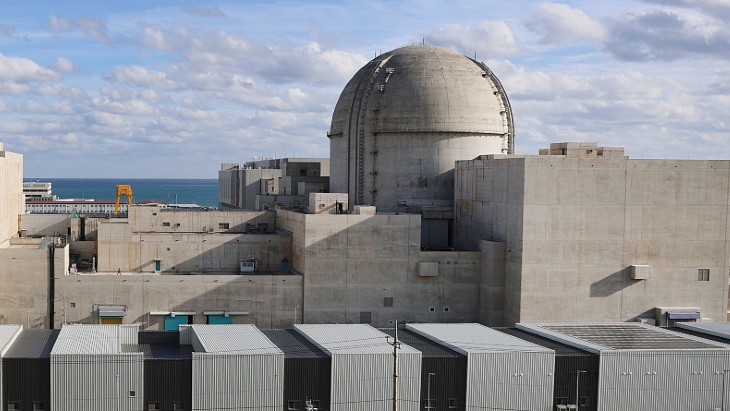Significant supply curtailments during the year - including Cameco's suspension of production from Key Lake and McArthur River - had led to an increase in spot market demand from producers and financial players, Gitzel said in the company's fourth quarter results webcast yesterday. The company reduced its uranium inventory from around 27 million pounds U3O8 at the beginning of the year to 7.7 million pounds U3O8 as of December, Gitzel said. These actions had "clearly played a role" in a "cleanup" of the spot market which had previously been oversupplied, he said.
The company does not currently intend to increase its inventory beyond the amount needed to cover about four and a half months of forward sales, which is about 7-9 million pounds, he said in response to investor questions.
The suspension of production at Key Lake/MacArthur River in Saskatchewan began in January 2018, and in July the company announced that the suspension would be indefinite. Gitzel also acknowledged the 2018 actions of Kazakh uranium producer Kaztomprom, including reducing production, selling over 8 million pounds of excess inventory to the Yellow Cake plc investment fund - effectively sequestering that material from the market - and its announcement alongside its initial public offering in November of its intention to become a market-centric, rather than production-led, operator.
Cameco said in its management's discussion and analysis (MD&A) document, released on 8 February, that it will not produce from its tier one assets unless it can deliver uranium under long-term contracts that provide an "acceptable" rate of return. However, the long-term uranium market is still "tentative", Gitzel said, with uncertainty and confusion created by market access and trade policy issues facing the nuclear industry. He identified the US Department of Commerce's ongoing Section 232 investigation - launched in July 2018 - as the most significant current trade issue. The outcome of the investigation will determine whether the quantity and circumstances of foreign uranium imports into the US threaten to impair national security and could lead to the imposition of restrictions on imported uranium, encouraging production from US sources.
The outcome of the 232 investigation will not have an immediate impact on existing contracts, Gitzel said, but he noted that Cameco was the biggest producer of uranium in the USA until its US assets were put on care-and-maintenance. "If the US is looking for more domestic production, our assets would be among the best and quickest to start producing," he said. Those assets could ramp back to production levels of about 1 million pounds U3O8 per year within 18-24 months but would take 3-5 years to reach sustainable production levels of 3-4 million pounds per year, he said in answer to questions.
Cameco also said in its MD&A that it is continuing to explore other opportunities within the nuclear fuel cycle, and is particularly interested in enrichment. "Having operational control of uranium production, conversion, and enrichment facilities would offer operational synergies that could enhance profit margins," the company said.
Cameco earlier this month signed a term sheet with Australian technology company Silex Systems Limited on their proposed joint purchase of GE-Hitachi Nuclear Energy's share of GLE, the exclusive licensee for SILEX laser uranium enrichment technology. "That's a technology we really think has a future," Gitzel said in answer to investor questions. He said Cameco's interest in GLE was both as an enrichment company and also as a uranium player - GLE has in place an agreement to re-enrich depleted uranium tails from the US Department of Energy's inventory.
Looking forward to 2019, Gitzel said that based on current uranium prices 2019 could be a "weaker" year for the company. Production guidance for the year is 9 million pounds U3O8 from owned and operated properties, with total purchases of 18-21 million pounds and sales/delivery volume of 28-30 million pounds. He noted that the company will adapt its activities according to the "dynamic" market. "Our 2019 outlook and the diminishing sales commitments in our portfolio are the results of a deliberate strategy," Gitzel said, adding that the company would expect long-term benefits to outweigh the near-term costs related to its decisions.
"2018 was an eventful year and we expect nothing less in 2019," Gitzel concluded.

.jpg)



_72306.jpg)


_49562.jpg)





